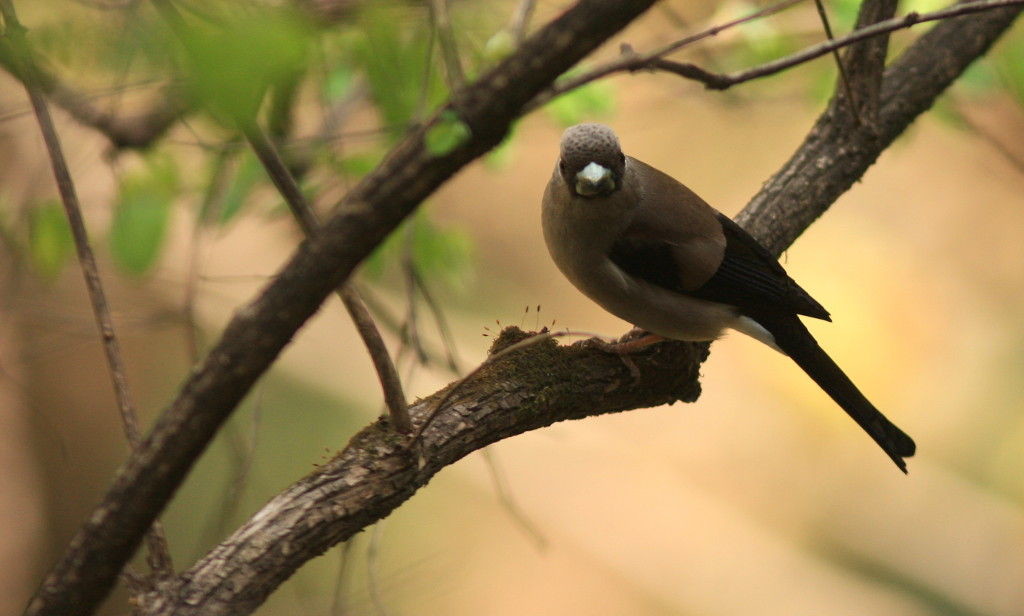
Pyrrhula nipalensis (Brown bullfinch)
Pyrrhula nipalensis, commonly known as the Brown Bullfinch, is a shy and elusive bird that adds quiet charm to the rich biodiversity of the Great Himalayan National Park (GHNP). Characterized by its soft brownish plumage and short thick bill, Pyrrhula nipalensis blends into the temperate forests of GHNP, making it a delightful find for dedicated birdwatchers. The Brown Bullfinch plays an important role in the park’s ecosystem through seed dispersal and pollination.
Sightings of Pyrrhula nipalensis are a special highlight for ornithologists visiting GHNP’s pristine high-altitude woodlands.
| Common name | Brown Bullfinch |
| Scientific name | Pyrrhula nipalensis |
| Family | Fringillinae |
| Description | It is a resident bird of Himalayas and NE India. It has grey –brown mantle, grey underparts, narrow white rump, and long tail. Juvenile has brownish-buff upperparts and warm buff underparts, and lacks adult head pattern. It prefers dense moist forest for their living. It is resident in an altitude of 2100-3000m and migrated in winter below 1500m |
Habitat and Distribution in GHNP
In the Great Himalayan National Park, the Brown Bullfinch inhabits temperate broadleaf forests, rhododendron thickets, and mixed coniferous woodlands, generally between 2,400 and 3,500 meters elevation. It favors dense undergrowth and forest edges where it can feed and move discreetly.
The Sainj Valley and upper reaches of the Tirthan Valley within GHNP are some of the best areas to observe this species, particularly during early mornings when bird activity peaks.
Although Pyrrhula nipalensis is somewhat nomadic in search of food, it tends to stay within protected and undisturbed forests, making GHNP an ideal refuge for its populations.
Behavior and Diet
The diet of Pyrrhula nipalensis primarily consists of seeds, fruits, berries, and buds, often gleaned quietly from low shrubs and trees. Occasionally, it may consume small insects, especially during the breeding season when nutritional demands are higher.
Brown Bullfinches are typically seen alone or in small groups. Their flight is swift and undulating, and their calls are soft whistles, making them difficult to detect in dense foliage.
Breeding generally takes place in the spring and early summer, with nests carefully hidden among thick shrubs or tree branches.
Conservation Significance
Listed as a species of Least Concern, Pyrrhula nipalensis nonetheless relies heavily on intact, mature forests for survival. The conservation efforts within GHNP to protect native forest habitats ensure the continued presence of the Brown Bullfinch along the Himalayan slopes.
Understanding the movements and breeding success of Pyrrhula nipalensis can provide valuable indicators of forest health and the impacts of climate change in Himalayan ecosystems.



